
NASA Road Racing
America is home to some of the most famous and challenging road courses anywhere in the world, and there is no better way to go road racing in the United States than to get on track with the National Auto Sport Association.
Regardless of where you live in the United States, amateur road racing is alive and well at America’s favorite racetracks. Tracks like Watkins Glen, Sebring International, Road America, Sonoma, Road Atlanta and Circuit of the Americas are just a few of the venues NASA regions visit each year, and you can be part of the action!
If you already have a racing license or have gone through an accredited racing school, going road racing with NASA is easy. Just sign up for a NASA membership, submit a copy of your license or certificate of completion, get a physical from your doctor, pass the written test on NASA rules and apply for your racing license. You’ll be taking the green flag in no time!
If you don’t have a racing license, you can get up to speed with NASA High-Performance Driving Events program. Once you get to HPDE Group 4, you can attend a racing school to get your provisional racing license to begin racing in your local region.
The core of NASA’s grassroots racing takes place at the regional level. NASA offers 18 race series of road racing, so you’re sure to find one that matches up with your automotive passion. All NASA classes nationwide abide by one set of rules, so everyone races on a level playing field.
If you like a tight rules set and close competition, spec class racing is for you. In NASA, you can choose from 10 spec series from Spec E30 and Spec E46 to Spec Miata and NASA’s flagship class, NASA Prototype. If you like a bit more freedom to innovate, the rules in NASA’s Super Touring and German Touring Series allow for more creativity.
Once you have your competition license, you can visit any NASA region to race on those “bucket list” tracks you’ve always dreamed of. Your competition license also means you’re eligible to race at the NASA Championships, held in the fall at a different track each year.
Launched in 2006, the NASA Championships were the first events of their kind to rotate to different tracks each year. That gives NASA competitors all over the country the chance to participate in an event that puts them on a national stage with the best drivers in the country.
Past events have taken place at such famous road courses as Watkins Glen International, Sonoma Raceway, Laguna Seca, Road Atlanta, Circuit of the Americas and Sebring International Raceway.
Each year the NASA Championships showcases the high level of driving talent among its members, with contingency and cash prizes, and bragging rights that last a lifetime. It’s amateur sports car racing at its finest.
If you prefer to measure races in hours rather than minutes and seconds, perhaps endurance racing is more your thing, and NASA has it.
Start with NASA’s Team Racing Endurance Challenge series, which takes place in NASA regions across the country. TREC is a new NASA endurance series that focuses on fun, teamwork and lots of track time. Anyone with a driver’s license can drive in a TREC race, and can use TREC races to earn a full-fledged NASA competition license. Safety is enhanced and cornering speeds are kept in check with the use of 180 treadwear tires and an emphasis on fun above all else.
Those who want take enduros more seriously can step up to race in the Western Endurance Racing Challenge, a series that culminates with the 25 Hours Thunderhill, the longest closed-course endurance race in North America. NASA’s 25 Hours of Thunderhill takes place each December and it has become so popular it attracts pro and amateur drivers from around the world.
So what are you waiting for? Sign up to go road racing with NASA today!
Five Easy Ways to Get Your NASA Competition License
One of the most common questions we are asked is, “How do I get my racing license?” The good news is we want you to DriveNASA. With this in mind, we make it easier than you think. NASA has been training racers for more than 30 years and we’ve developed the best programs in the country to do just that!
First things first: Before you can apply for a competition license, you should be a NASA member. You’ll also need to undergo a physical examination required for racing as part of your application process as well as pass the open-book written test on NASA’s Club Codes and Regulations. We give you five easy ways to get your NASA competition license.
See? We told you it was easy!

With “half a V8” from the Porsche 928 in the front and a transaxle in the rear, the cars are exceptionally well balanced. They’re also reasonably light at 2,600 pounds, so they’re easy on tires and brakes. If you investigate a little, you’ll find it is much, much less expensive to race a Porsche than you might think.
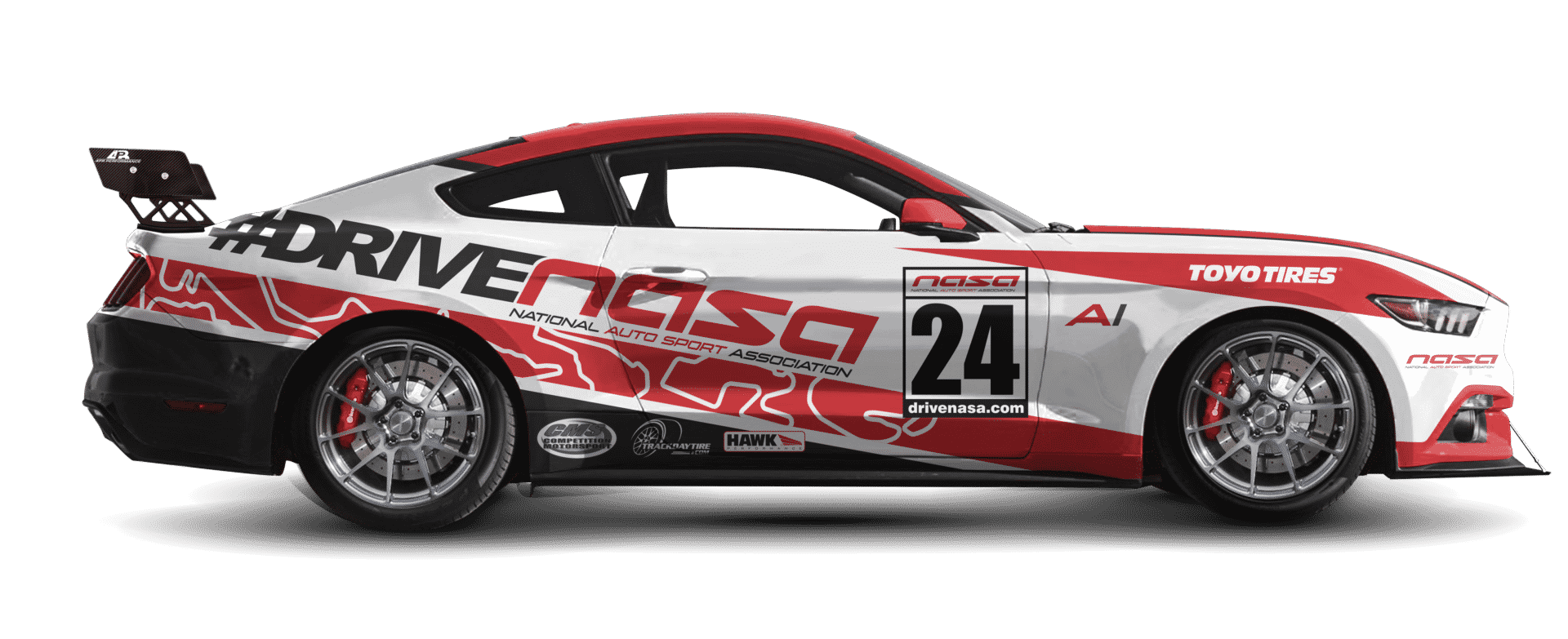
The roar of a V8 at full throttle is irresistible, and it’s what gives the American Iron class so much of its character. The class enjoys a virtually unlimited supply of donor cars because it is open to any American-made sedan or coupe from 1960 forward, and the power-to-weight ratios keep things simple.
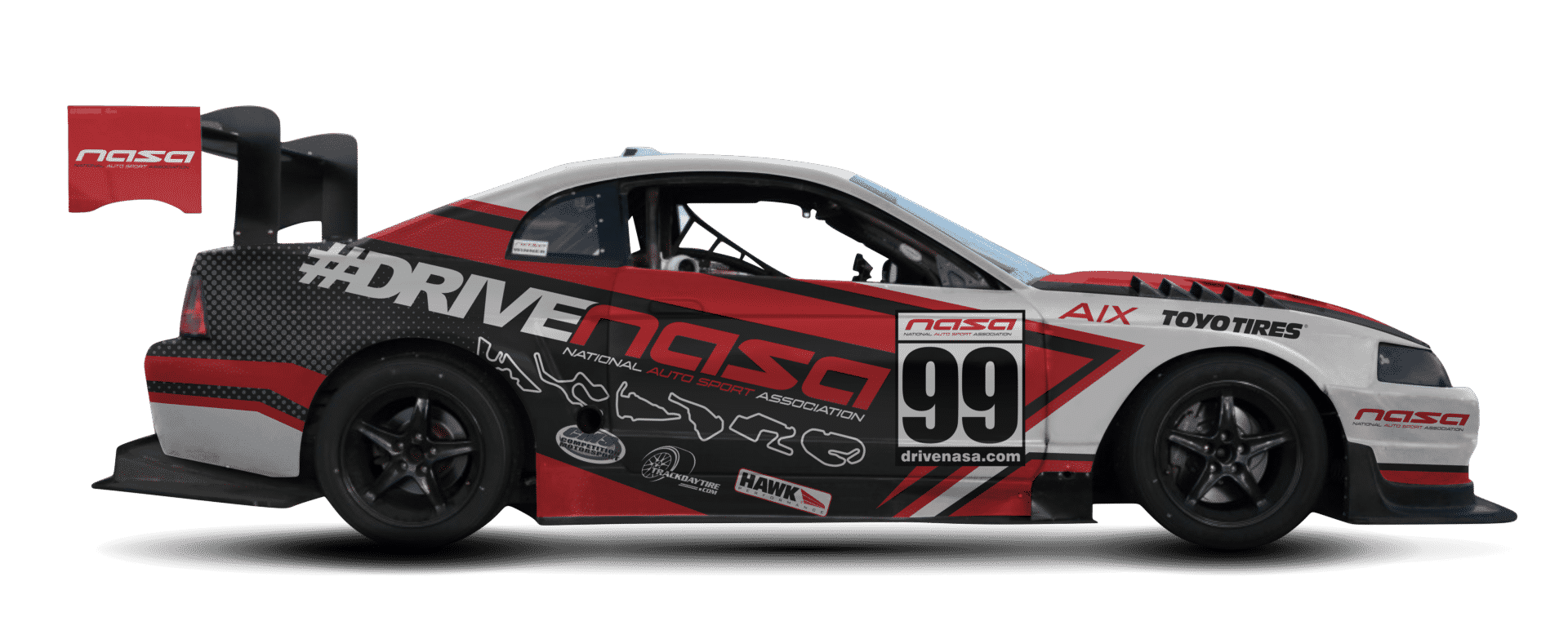
Created for the kind of racer who loves American muscle and the freedom to create obscene amounts of horsepower within an open rules set, American Iron Extreme is the pinnacle of NASA’s American Iron series. Given the chassis capabilities the aftermarket has created and horsepower potential of American V8 power plants, American Iron Extreme is a showcase for the possibilities of an American muscle car built and set up for road racing.

If you thought Camaros and Mustangs were strictly were for stoplight derbies and quarter-mile racing, think again. The rules are pretty buttoned down in terms of the modifications you can make, so there is no need for high-dollar engines, which keeps fields tight and costs in check.
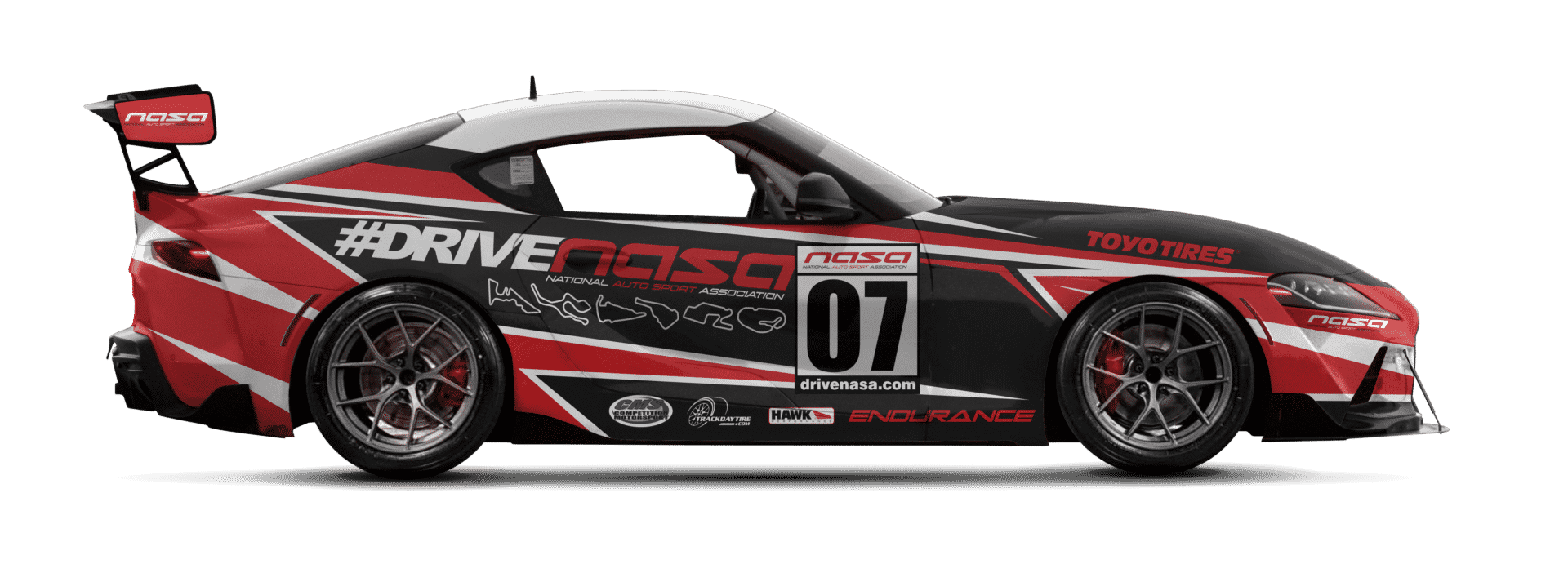
NASA’s Endurance Racing Series is a true team sport where cunning race strategy and luck, often determine the victor. Having the fastest car doesn’t guarantee a victory as you must first, finish the race. It’s a true test of the durability of equipment and endurance of participants. The Endurance Racing Series uses a comprehensive set of rules which allows for any racing car to be classed to participate. Teams consisting of just a single driver to 5 drivers compete against the clock, the track and other teams for victory!
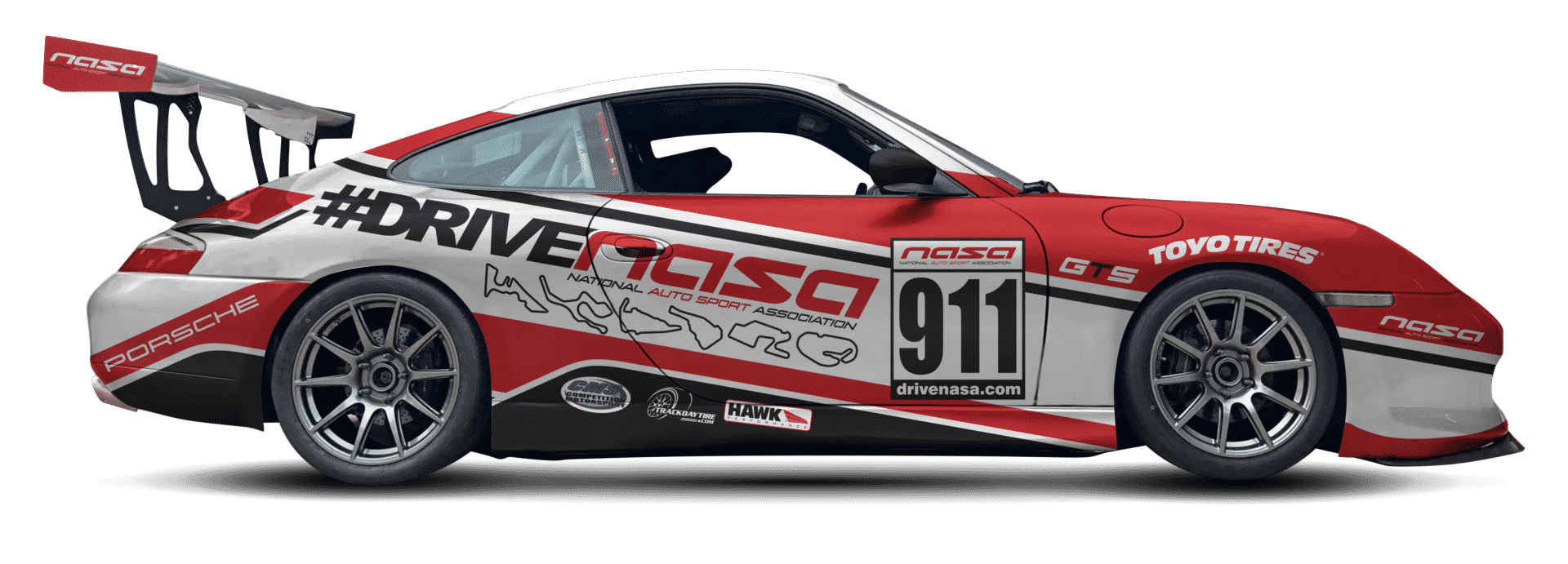
The German Touring Series is wide-open in terms of its rules structure and the variety of cars that can compete in this class. BMW E30s and Porsche 944s are great candidates for GTS1, but Volkswagens, modern Minis and Audis also can run in GTS1. In GTS2, the BMW E36 M3 likely is the most popular choice, and even then it has to be detuned a bit. In GTS3, a detuned E46 M3 is a go-to car, however, no car is permitted to drop more than one class from where it would be classed naturally based on factory horsepower and curb weight.

Honda Challenge offers a tight rules structure for close competition among a variety of donor cars from which to choose. Honda Challenge consists of H1, H2 and H4 classes, in “Limited Preparation,” “Factory Preparation” and “Restricted Preparation” vehicles, which are open to Hondas and Acuras.
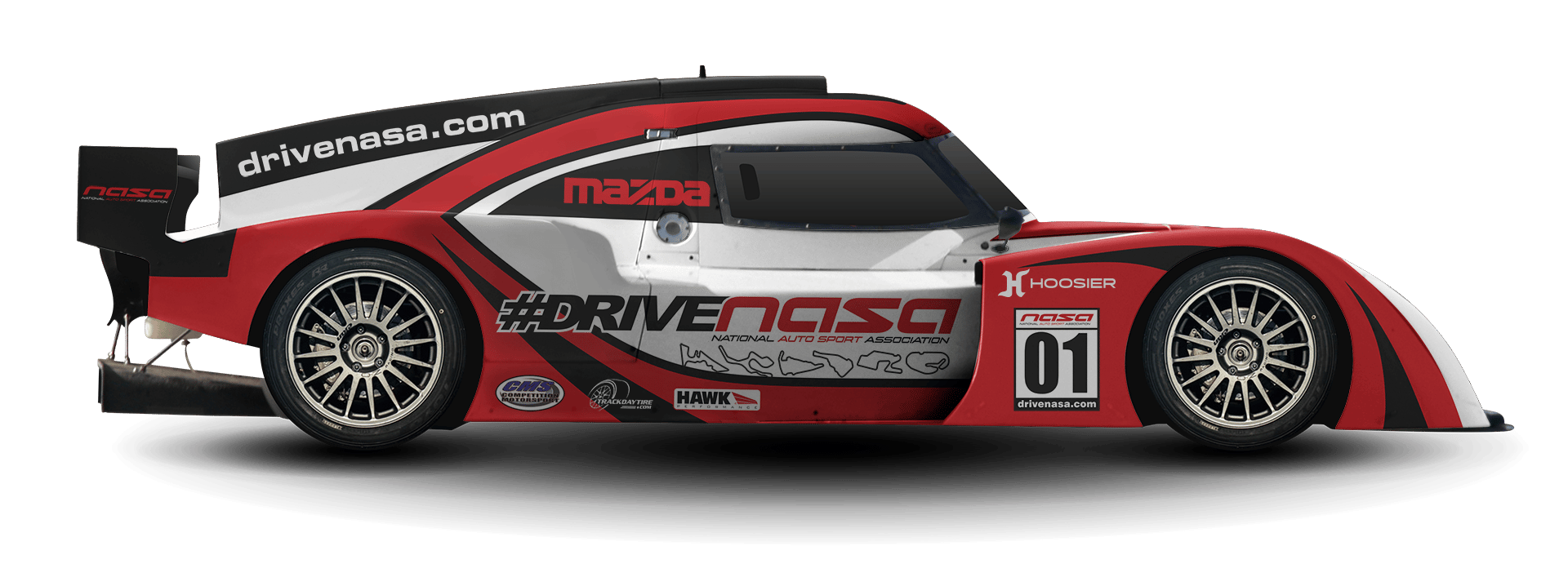
Until the advent of the NP01-EVO, racing a closed-cockpit prototype car was a pipe dream for most racing drivers. Prototypes were simply too expensive, so one of the principles that guided the construction of the NASA Prototype was affordability. Of course, the NP01-EVO also was designed to be fast and fun to drive, and it is.
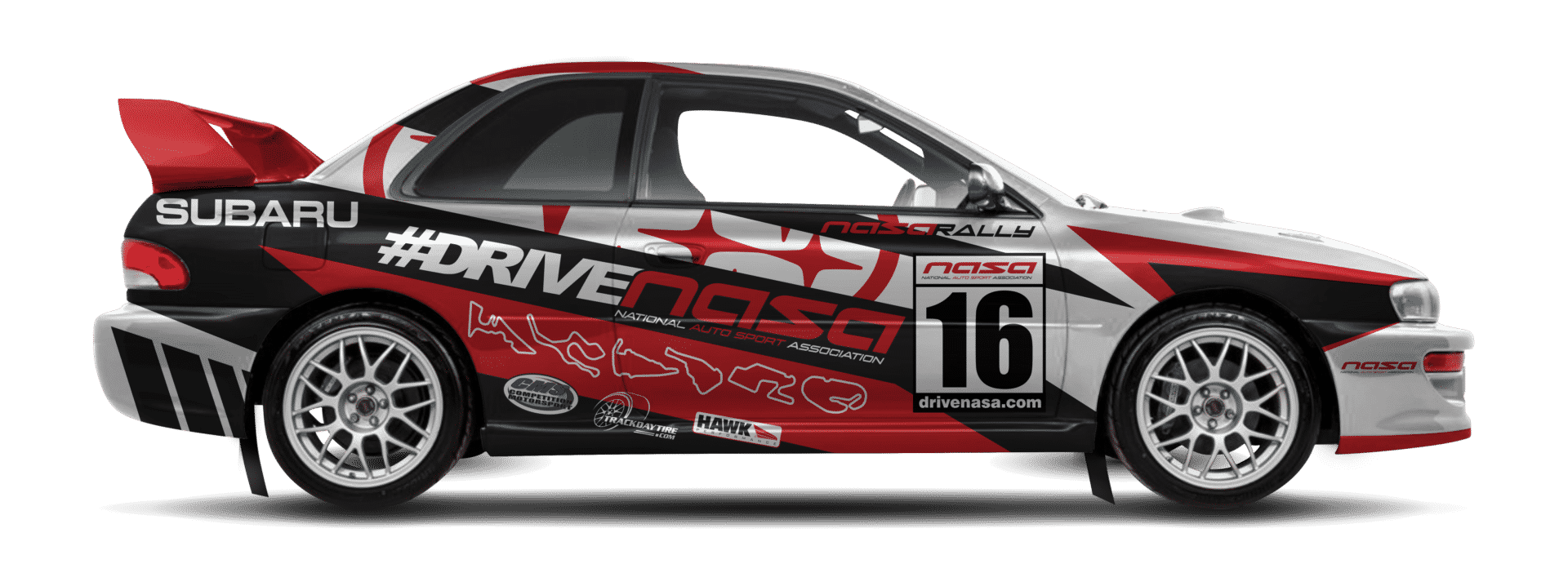
Imagine leaping over high mounds on gravel roads and tossing your car into a hairpin turn using the time-honored “Scandinavian Flick” technique as you march toward the top time of a stage and ultimately to victory in NASA Rally Sport. Nothing broadens a driver’s skills and enhances his or her bonafides like finding grip and speed on a surface where there is hardly any to be found. That’s NASA Rally Sport, and there are rallies taking place all across the country. You can get in on the action, too.

One of the most economical ways to race a BMW in NASA is Spec3, a racing series that uses the 1993 to 1995 BMW 325. It’s the most restricted class in NASA in terms of which cars can be used as donors, but because of that, it’s also one of the most competitive. Spec3 races are always close!

You would be hard-pressed to find a better example of spec-class racing than Spec E30. This class is consistently one of the largest at NASA Championships events and it has a loyal and dedicated following of racers who just love Spec E30. The class enjoys a broad knowledge base, so any mechanical problems you might encounter are well known and solved without too much trouble.
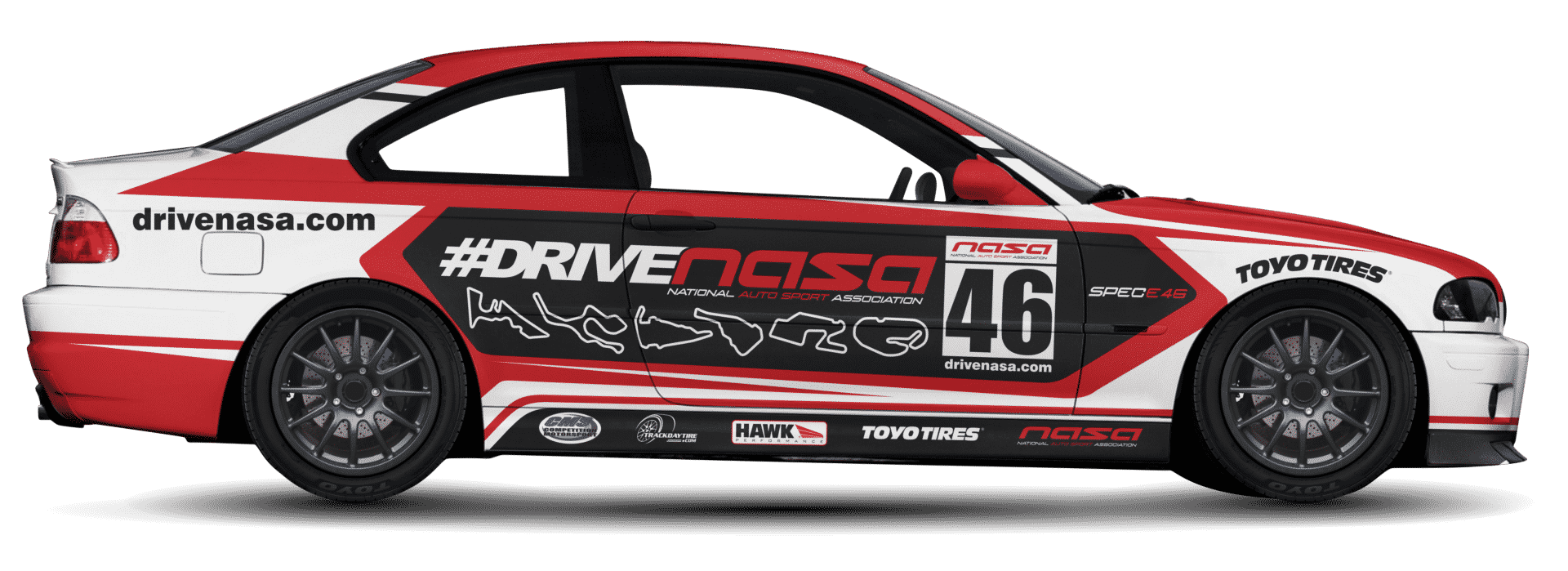
Spec E46 is one of the newer classes in NASA racing, but it’s catching on in a big way. Field sizes are increasing in certain regions and Championships fields have soared. Initial build costs will be greater than some other spec classes, such as Spec Miata, Spec E30 or 944 Spec, and the required parts aren’t inexpensive, but that was known from the start.
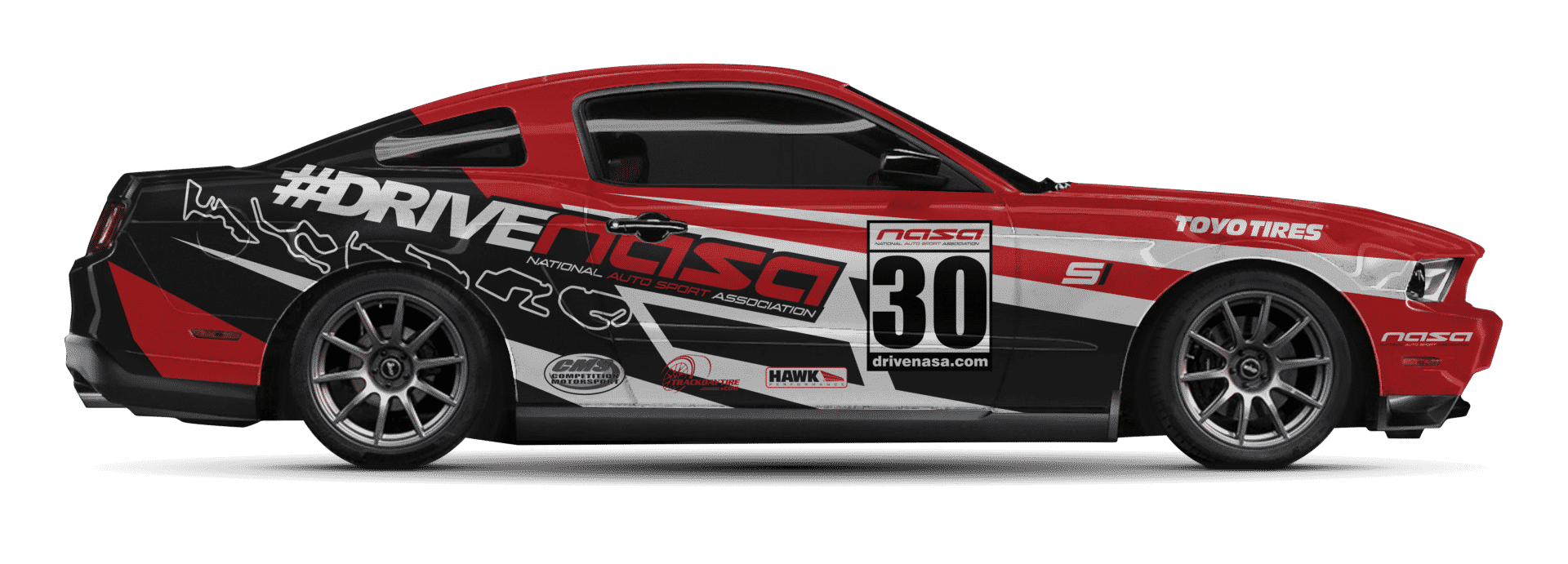
Spec Iron was devised to give late-model Ford Mustang enthusiasts an affordable class in which to race. It represents a step above Camaro-Mustang Challenge and a notch slightly below American Iron, making it a viable go-between offering with all the cost-containment benefits that spec-class racing has to offer. If you’re a die-hard Ford guy, and reliable, affordable racing is appealing to you, Spec Iron might be the class you’ve been looking for.
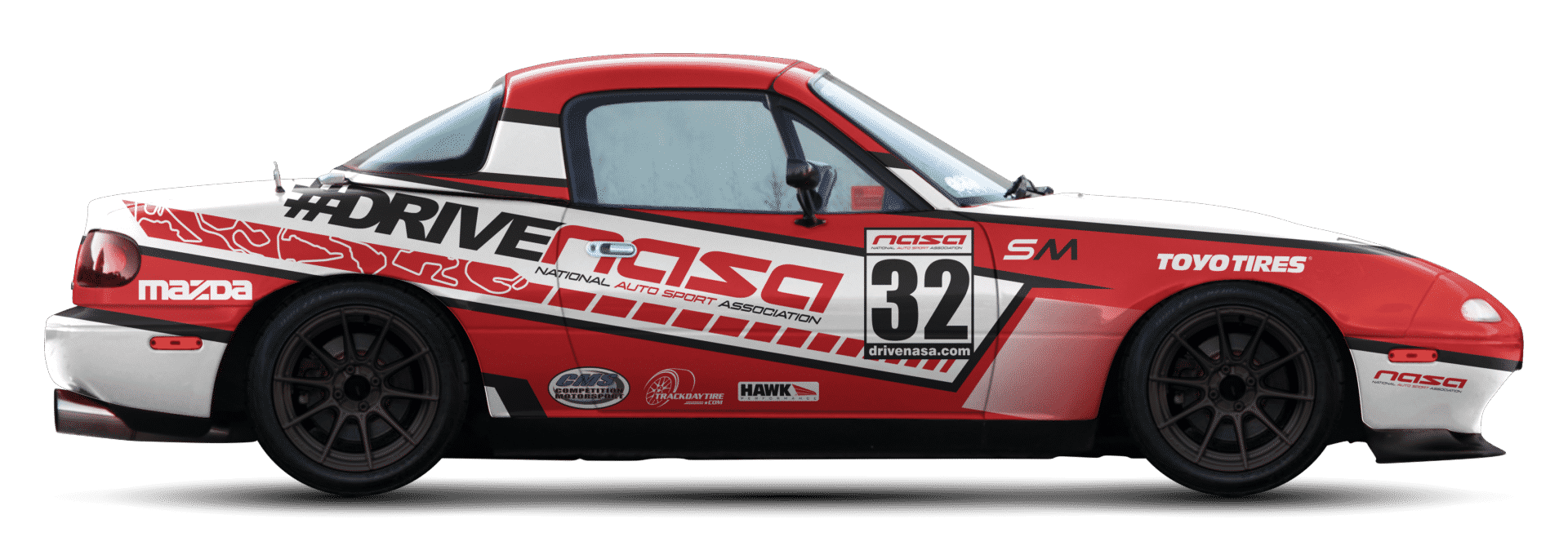
The Mazda Miata is the most-raced car in North America, and for good reason. The platform itself is compliant and predictable, which makes it a great car for learning to drive well. At the other end of the learning curve, it takes every last ounce of technique and error-free driving to get the most from the car.
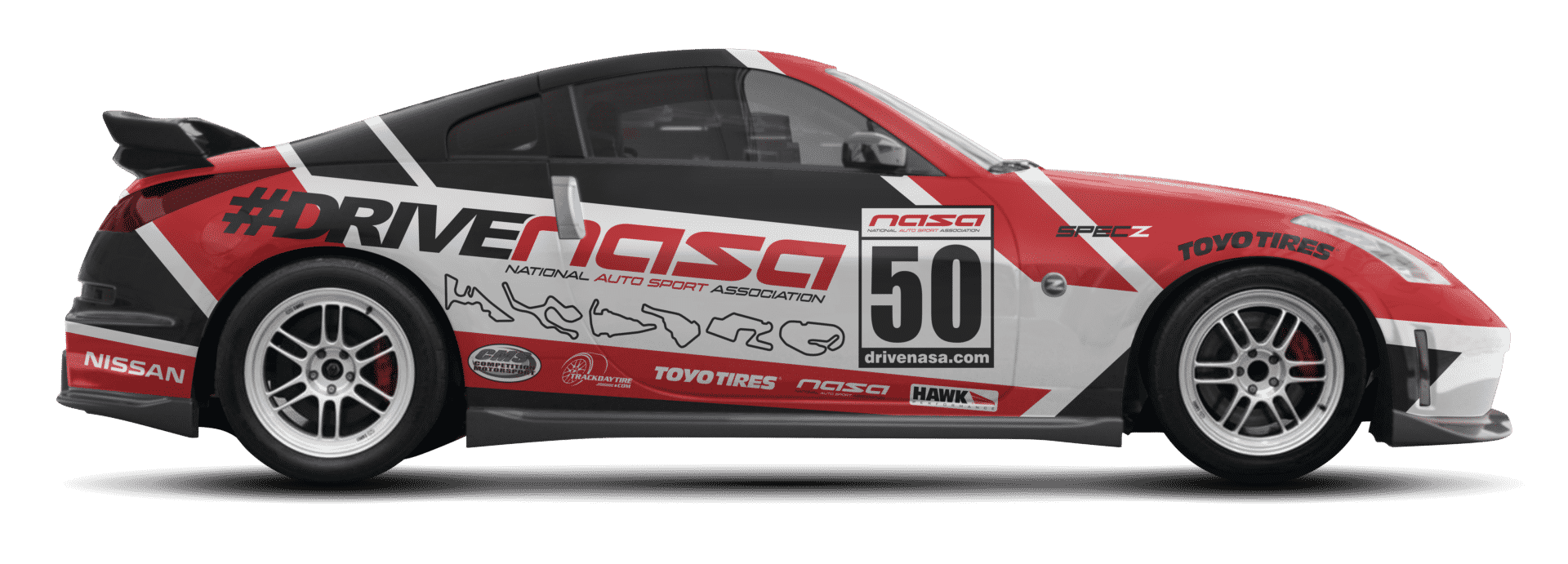
NASA has 12 spec classes, many of which involve momentum cars that accentuate every mistake you make behind the wheel. Spec Z was introduced in 2012 to offer participants an affordable way into a faster class — and the formula is working. Spec Z rules offer the cost-containment benefits of a well-thought-out spec racing class, but do so with a faster platform.

If you’re looking to race in a class that lets you build the car the way you like, then Super Touring could be for you. With an open rules structure, Super Touring/Super Unlimited gives you the freedom to build the car you like using the parts you choose. The amazing part of Super Touring/Super Unlimited is how close the racing is despite the open nature of the rules set. With classes from the no-holds-barred Super Unlimited to the more sedate Super Touring 5 and Super Touring 6 classes, you are sure to find a suitable place in which to race.

The Thunder Roadster is one of the purest racecars in all of NASA’s racing classes. They are designed and built solely as racecars to adhere to a strict set of rules. The end result is an affordable racing class with competition that is as close as you can get anywhere.
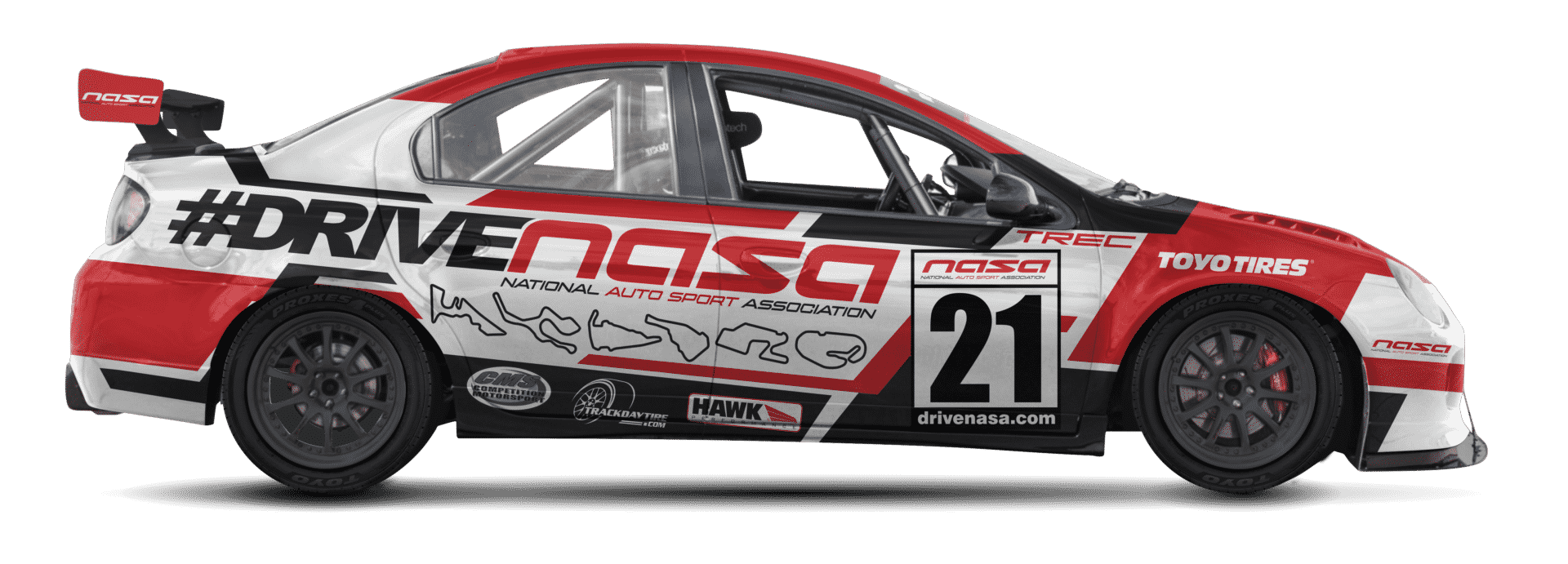
Tired of red tape and hassle just to go racing on a real track? This is a cool series where you don’t need anything other than a car that meets safety specs and a great attitude to make racing fun. NO PREVIOUS RACING EXPERIENCE, NO LICENSE, NO MEDICAL, NO HISTORY TESTS! The intent of the TREC series is to host a fun, safe endurance racing competition. If you’re not having fun, you’re doing it wrong in this series.
Road Racing Resources
Questions and Answers to Feed Your Curiosity
All totaled, there are 18 racing series, 10 of which are spec series. The rest are regulated either by weight-to-power ratios or specific modifications outlined in the rules.
Spec series have a tight set of rules that dictate the car(s) you can race and what modifications you can make to it, so that all the cars are prepared to the same specification and costs are somewhat controlled. Thus the name spec series.
NASA’s Super Touring, German Touring Series, Honda Challenge and American Iron series allow for more freedom and creativity in the garage, but they are governed by minimum weights and weight-to-power ratios as measured on a dynamometer.
Traditionally, spec series provide closer, tighter racing on the track and the fullest grids.
It varies from region to region, but spec series are the most widely subscribed to in most regions, chief among them Spec Miata and Spec E30. Spec E46 is growing rapidly, too.
RacingJunk.com is an excellent resource.
Please check an extensive licensing section on five easy ways to get you NASA competition license.
Latest Racing News Around The Country
Fourteen Spec3 cars and 15 Spec3 racers visited Savannah, Ga., to tackle the mesmerizing switchbacks of Roebling Road Raceway with NASA Southeast. […]
In the March season opener for NASA NorCal Spec Miata racers, the competition was intense as drivers jockeyed for the podium spots. Wyatt Couch […]
Registrations for the 2024 NASA Championships are off to one of the best starts in the event’s history. Come September, Utah Motorsports Campus is […]
Whoever coined the old adage that March comes in like a lion and goes out like a lamb — or vice-versa — obviously had never been to Willow […]
New for 2024, in an effort to maximize value for racers, NASA Mid-Atlantic now hosts three points races per weekend. After just one weekend, the new […]